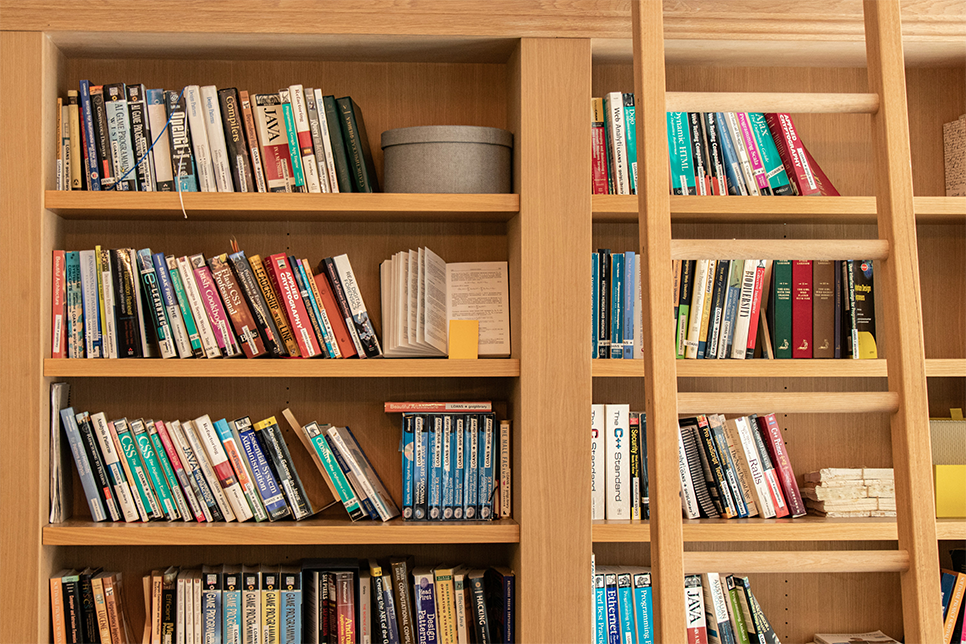by KnowledgeWorks Global Ltd.
The integrity of scholarly research has always been one of the most—if not the most—important pillars of academic publishing. Authenticity, accuracy and reliability have always been the bedrock of the industry and a source of great pride for those working within it. However, in recent times, as models have evolved, the way we publish and consume content has changed and the world has become more interconnected, we have witnessed the emergence of several significant threats to research integrity. Subsequently, the role of journal publishers has had to adapt as we defend ourselves against these threats and strive to maintain credibility. In this article, we examine a few of the challenges and threats that journal publishers are currently facing.
Co-Authoring with Generative AI
While many publishers and journals have created editorial guidelines that prevent LLMs (Large Language Models) such as ChatGPT from being credited as co-authors in academic research, very few have taken the more extreme step to ban its use outright. Many are resigned to the fact that its usage is somewhat inevitable and are mindful of push-back from researchers who find using LLMs helpful when it comes to writing or assisting with manuscripts. A survey among 1,600 academics carried out by Nature recently revealed that 28% now rely on LLMs to help them with manuscripts. As many as 85% of the respondents concluded that LLMs could help relieve them of the burden of repetitive and labor-intensive tasks, while 55% highlighted a major benefit for researchers who don’t speak English. But despite AI’s many undeniable benefits, issues around transparency, ownership, ethics, and bias mean that strongly worded guidance and attributing authors with full responsibility for their work may not be enough to protect a journal’s integrity and reputation.
Image Manipulation
A rapidly emerging debate in academic publishing is around how research can be manipulated through the creation and alteration of images. Whether doctored intentionally to suit a desired result or even unintentionally in an effort to improve aesthetics, image manipulation can have a damaging effect on academic integrity. According to an article in The Register image duplication was the top reason papers were retracted for one prominent society publisher’s journal between 2016 and 2020. The article stated “having to retract a paper damages the author’s and publisher’s reputation. It shows that the quality of work from the researchers was poor, and the editor’s peer review process missed mistakes.” With papers now containing more images than ever before, publishers are looking for new ways to detect and flag anomalies within images, particularly during pre-publication, so that embarrassing retractions can be averted.
Paper Mills
A paper mill is an organization that churns out journal articles that can be submitted to a journal for a fee or offers authorship for sale. These articles appear to be genuine, but often have poor, fake, or plagiarized information taken from other articles and sources. Doctored or falsified articles are often not detected until multiples have been published, as this article in Science illustrated. Commenting on the widespread issues surrounding paper mills in the academic community, Professor Dorothy Bishop of Oxford University recently told The Guardian: “The situation has become appalling. The level of publishing of fraudulent papers is creating serious problems for science. In many fields it is becoming difficult to build up a cumulative approach to a subject, because we lack a solid foundation of trustworthy findings. And it’s getting worse and worse.” In the same article, Professor Malcolm MacLeod of Edinburgh University highlighted the severity and dangers paper mills possess: “If, as a scientist, I want to check all the papers about a particular drug that might target cancers or stroke cases, it is very hard for me to avoid those that are fabricated. Scientific knowledge is being polluted by made-up material. We are facing a crisis.”
Peer Review and Conflicts of Interest
Peer review is one of the key ways to determining the validity, significance, and originality of a study by experts in the field of research. One challenge in peer review is conflicts of interest, both on the side of the reviewer who might have a connection to the author and the author whose research might be funded by an organization or institution that would benefit from a particular outcome. Most journals require conflict of interest disclosures from authors to prevent biased research from being published. However, a 2019 study by researchers at Carnegie Mellon University, Harvard University, and the University of California, San Francisco, found that while 78% of the reviewers understand and agreed with the conflict of issue statement, the disclosures of COIs had no effect on reviewers’ recommendations for the publication of those papers. “Even experienced peer reviewers usually cannot articulate a specific and effective approach to follow once COI is suspected or declared,” said Michael Callaham, Annals of Emergency Medicine’s editor-in-chief, emeritus chair of emergency medicine at UCSF and a senior author of the paper. “As a result, most reviewers do not change their assessments due to this information. Clearly the guidelines for reporting COI are not achieving their goal and need to be further studied and improved.”
KnowledgeWorks Global Ltd. has recently expanded its Smart Review® workflow tool that automates common peer review tasks to speed up manual processes, preserve editorial quality, and integrate with the latest cloud-based technology for detecting conflicts of interest and threats to research integrity. For more information, please read the press release, visit us at Stand 3A12 at the London Book Fair, March 10-12, 2024, or email us at info@kwglobal.com.





